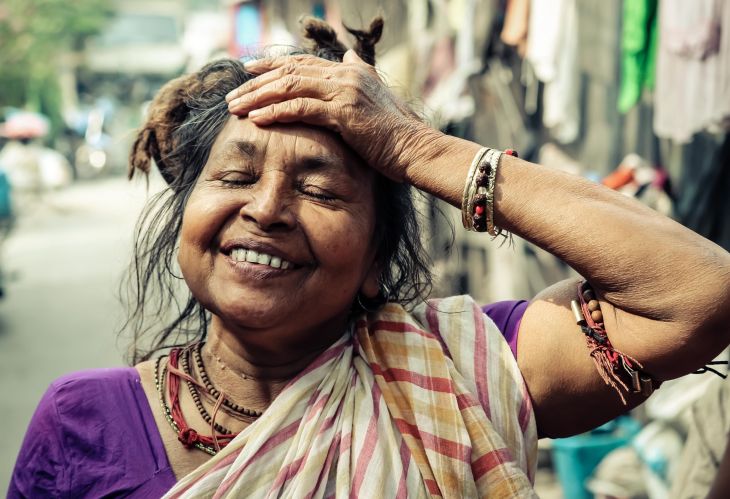The new study is the first to include a “heat index” to measure the recurring impacts of Indian heatwaves on the country’s population. The index measures how hot the human body feels relative to the surrounding conditions when humidity and air temperature are added together.
The study suggests that the CVI underestimates the main risks and threats of heatwaves to the Indian population because it does not include any kind of heat stress measure. This missing element also makes it harder to identify areas of the country, like Delhi and other large urban areas that are most vulnerable.
“So, we could figure out how extreme heat really affects people and in which parts of the country,” said first author Dr Ramit Debnath, Cambridge Zero Fellow at the University of Cambridge. “A heat stress measure which identifies the impacts and the parts of India where the population is most vulnerable to recurring heatwaves would help to make state Heat Action Plans being created across India more effective.”
Some of those unidentified areas at the intersection of climate extremes and non-climate, structural and social-economic factors (shown by SDGs) may also be at risk of increased vulnerability to the impacts of extreme heat.
Researchers used publicly available data on state-level climate vulnerability indicators from the Indian Government’s National Data & Analytics Platform to classify severity categories. They then compared India’s progress on its SDGs over 20 years (2001-2021) with extreme weather-related deaths during the 20-year period from 2001-2021.







